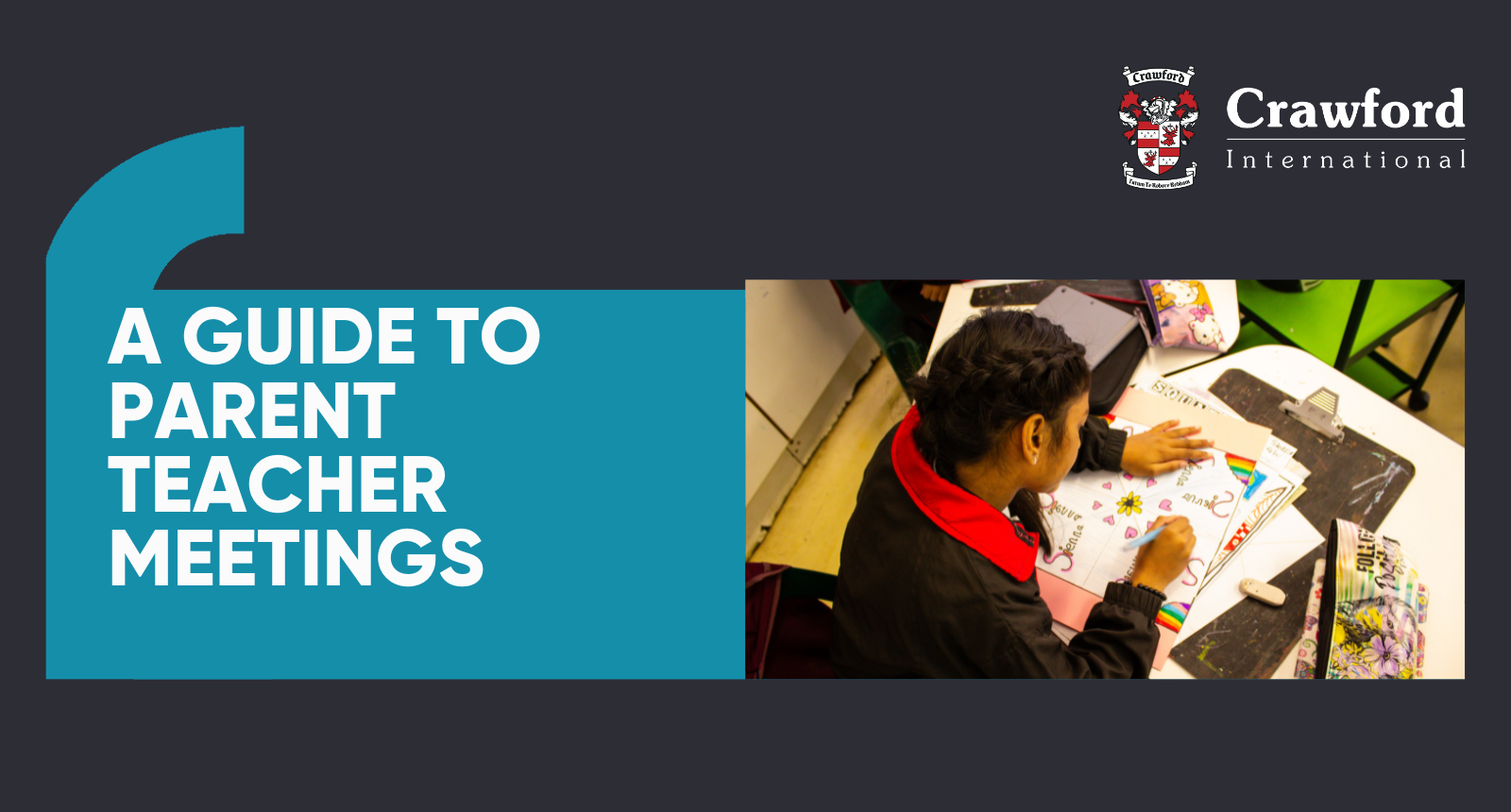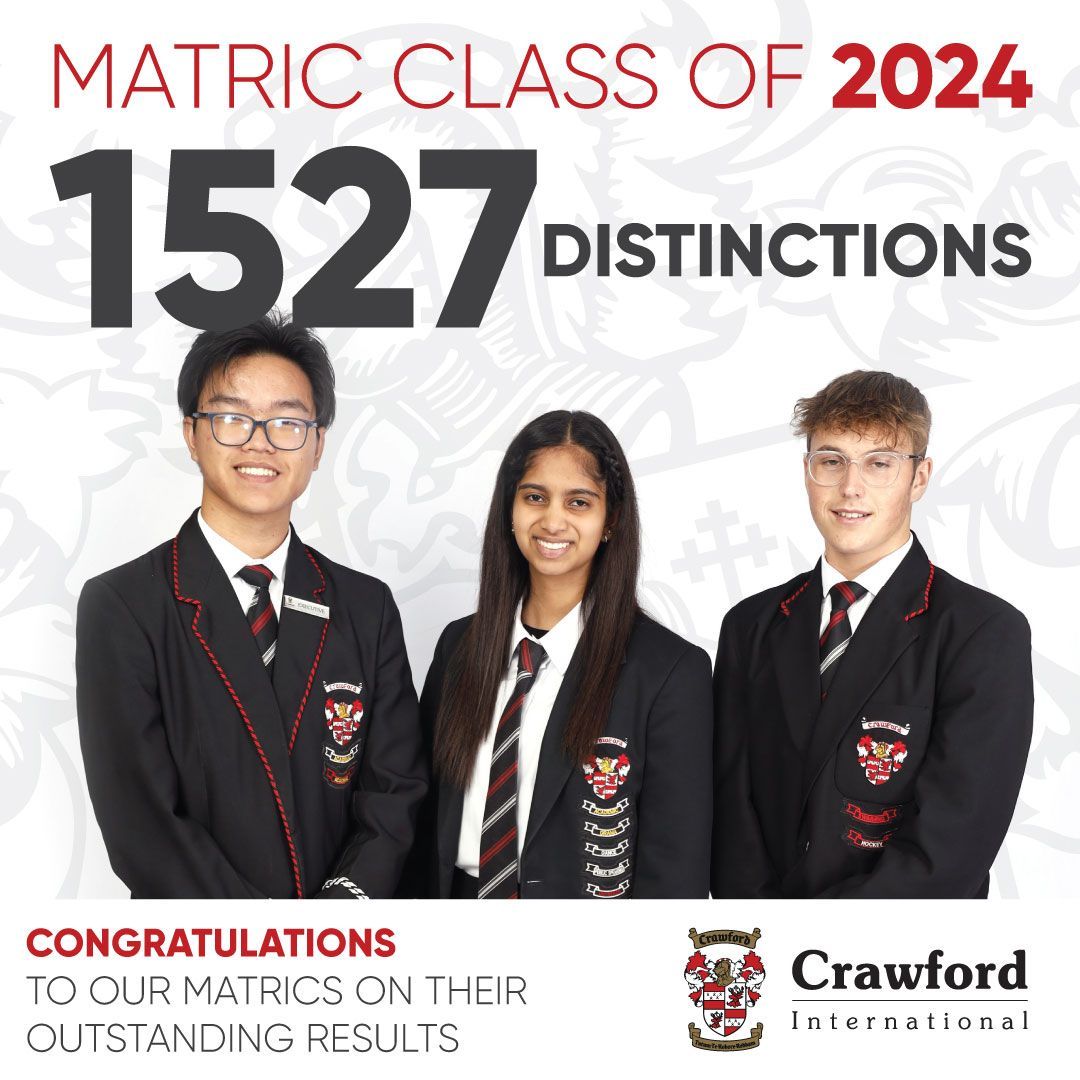


April 4, 2025
One-to-One Correspondence
At Crawford International, our commitment to providing an education that nurtures not only academic excellence but also holistic development begins with foundational concepts that will serve students throughout their lives. One such concept is one-to-one correspondence, an essential building block in early mathematics education. This skill is fundamental to numeracy and mathematical understanding, yet it often remains underappreciated despite its pivotal role in a student’s cognitive and mathematical development.
In this blog, we will explore what one-to-one correspondence is, why it is crucial in early childhood education, and how Crawford’s innovative approach fosters this skill in our students from the moment they step into our classrooms.
What is One-to-One Correspondence?
One-to-one correspondence is the ability to match one object with one number and vice versa. It’s a seemingly simple yet profound concept, where students learn to match numbers to quantities, such as counting the number of blocks and assigning a number to each block, ensuring each number corresponds to one object. This skill forms the foundation of all mathematical operations, from basic counting to more complex concepts like addition and subtraction.
According to educational theorist Jean Piaget, students’ cognitive development unfolds in stages, and the mastery of basic skills like one-to-one correspondence represents an early achievement in a student’s understanding of the world (Piaget, 1952). At Crawford International, we recognise that the development of this skill is not just a numerical exercise but a crucial step in shaping the logical reasoning and problem-solving abilities of our students.
The Role of One-to-One Correspondence in Mathematics
One-to-one correspondence goes far beyond simple counting; it enables students to understand the very essence of numbers and their relationships to quantities. In early childhood education, this concept forms the foundation of numeracy, providing students with the tools to solve problems, understand patterns, and engage in mathematical thinking. By mastering one-to-one correspondence, students gain the ability to recognise that numbers are not just abstract symbols but have tangible value and meaning in relation to objects.
Crawford International’s approach to mathematics ensures that these foundational skills are developed from an early age through purposeful learning experiences. As students master one-to-one correspondence, they gain the necessary skills to progress to more complex mathematical concepts such as addition, subtraction, and even the beginning stages of multiplication and division. As Piaget’s theory suggests, students must first grasp basic concepts like number conservation and one-to-one correspondence before progressing to more advanced ideas (Piaget, 1952).
Activities to Reinforce One-to-One Correspondence
At Crawford International, we understand that mastery of one-to-one correspondence cannot be achieved through rote learning alone. Instead, we create engaging, hands-on activities that allow students to experience the concept in a tangible and meaningful way. Our teachers use a blend of traditional and innovative methods to reinforce this skill.
Some of the key activities that students engage with include:
These activities are designed not just to teach counting, but to instil a deeper understanding of how numbers relate to the world around them. This is central to Crawford’s philosophy of learning, where every student’s personalised mathematical journey is guided by an environment that encourages exploration, discovery, and mastery.
Signs a Student Understands One-to-One Correspondence
Mastery of one-to-one correspondence is crucial for a student’s mathematical development, but how can we tell if they truly understand the concept? At Crawford, we use careful observation and targeted assessments to track our students’ progress. Some signs that indicate a student has mastered one-to-one correspondence include:
At Crawford, we believe in a personalised approach to education, where every student’s developmental milestones are celebrated. By observing these key indicators, we are able to provide tailored support to help students advance from mastering basic counting to exploring more sophisticated mathematical concepts.
The Benefits of Mastering One-to-One Correspondence in Early Education
Mastering one-to-one correspondence in early education is not just a milestone in a student’s mathematical development, it is a stepping stone to a wide range of cognitive, social, and academic benefits. Some of the key advantages include:
The journey from understanding one-to-one correspondence to mastering advanced mathematical concepts is an essential part of our curriculum. Through thoughtful, engaging, and innovative approaches, Crawford International is preparing the next generation of students to thrive in an increasingly complex world.


